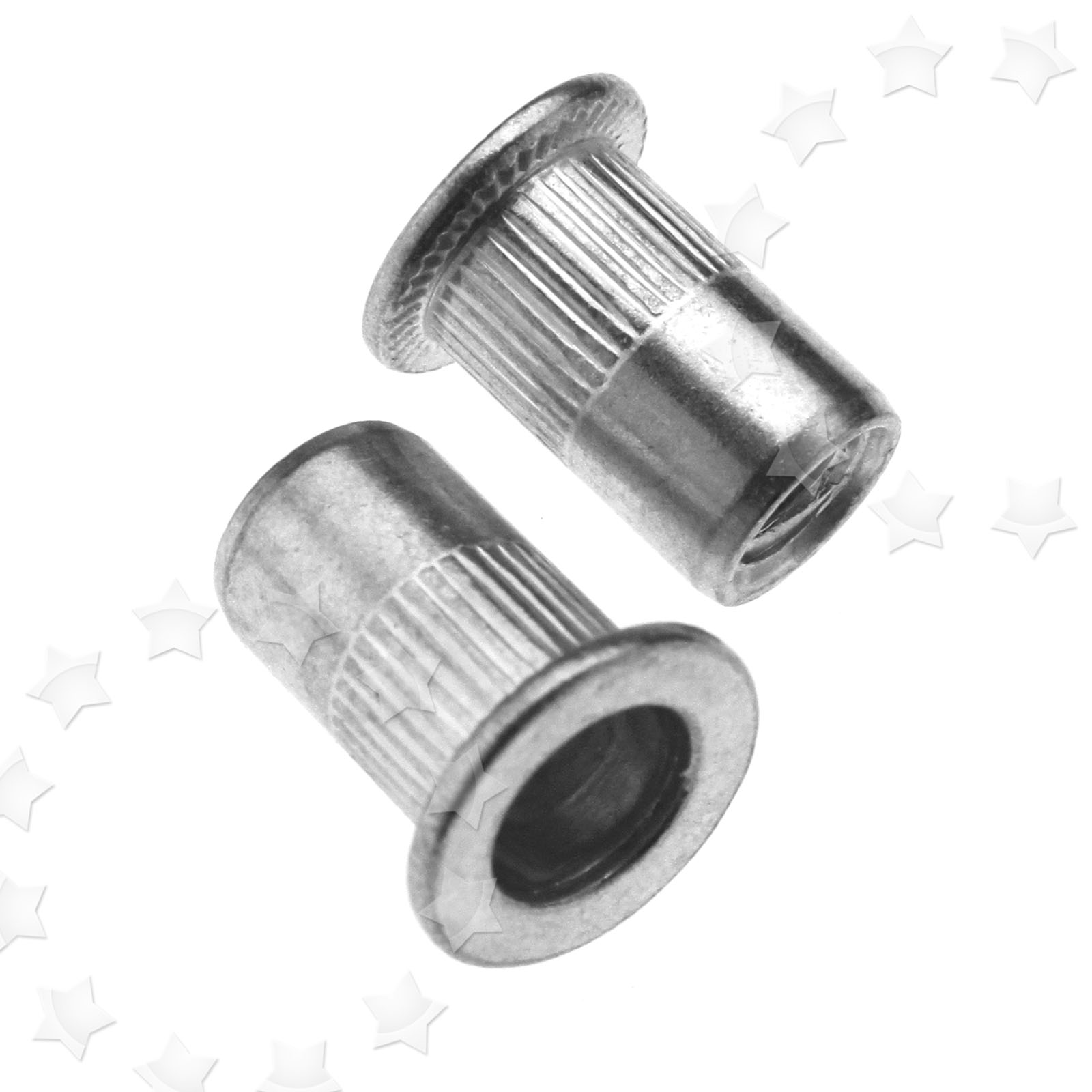

Nuts and bolts used for rivnuts should be tightened snugly but not super tight or you risk stripping rivnuts since they are extremely strong. Then, use a wrench to unscrew it the rest of the way. Once the rivnut is seated all the way against its countersunk washer, stop turning it and back it out about 3/8″ so that the rivnut “springs” open inside its cavity. The force of the rivnut expanding inside its cavity can result in serious damage to your project as well as injury if you try too hard to turn them off! To avoid this issue, always make sure your rivnuts are as tight as possible before the final tightening stage. You should also be careful not to over-tighten rivnuts since they’re extremely difficult to remove once fully tightened. Then, you can screw rivets into your drilled holes and secure them with nuts and bolts or use glue to attach rivnuts permanently. You can then tap threads into your drilled hole using hand tools if it isn’t too deep – otherwise you’ll have to turn it into a threaded rivnut hole. Drill holes where you want rivnuts to go with a drill press or power drill equipped with a metal drill bit that’s slightly larger than the rivnut size you need (i.e., rivnut diameter + 1/16″). Your rivnuts should be installed before your project is assembled since rivnuts cannot be removed once in place. Rivnuts are also very strong and extremely difficult, if not impossible, to remove without completely destroying them.

Because rivnuts are manufactured out of steel, they can corrode when exposed to salt or other chemicals in the air or water. You can then attach your rivnut with nuts and bolts if you only want the rivnut to be removable or with glue if you want it fused permanently in place. When you drill a hole for rivnuts, make sure it’s larger than the rivnut diameter by 1/16″ so the insert will sit tight inside of its own threaded cavity once installed. Rivnut installation is simple since rivnuts are installed on flat surfaces instead of angled or round surfaces like traditional fasteners.

Aircraft rivnuts are designed to withstand extreme changes in pressure, vibration, and G-forces flying at high speeds. Today, rivnuts come in all forms, including self-locking rivnuts which have their own built-in washer and wing rivnuts which are rivnuts that have an additional piece attached to the end. The term rivnut comes from “rivet nut” because rivnuts were originally rivets that were transformed into fasteners by adding threads on the end. Rivnuts also enable quick changes without the need to drill new holes every time. These rivnuts allow you to attach objects with bolts or screws rather than welding them in place, which is difficult and irreversible. Rivnuts are metal nuts that are inserted into a drilled hole to provide a strong threaded connection where another object can be attached.


 0 kommentar(er)
0 kommentar(er)
